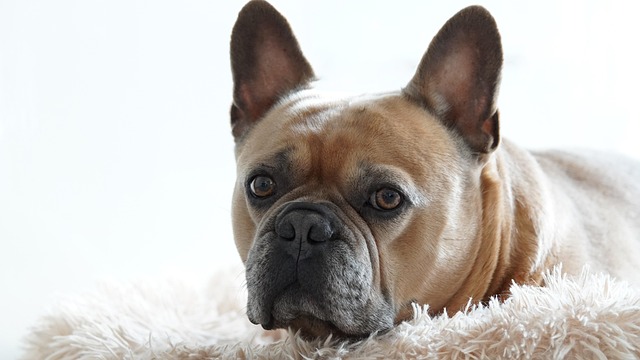
How to stop a puppy biting the leash?
It may seem that puppies biting the leash is just mischievous, but in fact, there are complex behavioral logic and emotional needs behind it.
The dog that was originally gentle, well-behaved and had a close relationship with the family suddenly shows its teeth, growls menacingly at the family members it has been living with, and even makes lunging and biting movements. Such a scene is enough to shock and break the heart of every owner. We look at the furry friend that used to wag its tail to greet us and snuggle up beside us gently. Now it seems like a different "dog", and our hearts are filled with doubts, worries and a sense of helplessness. Dogs can't express themselves with language, and there must be some indescribable reasons behind their sudden aggression. As owners, we can't blindly blame them, nor can we turn a blind eye. Instead, we need to use professional knowledge, sufficient patience and full of love to find the root cause, help the dog regain its gentle nature, and repair this precious emotional bond.
Physiological factors are one of the important reasons for a dog's sudden aggression. When a dog is physically unwell and tortured by diseases or pain, it is likely to become aggressive due to its self-protective instinct. For example, when a dog has arthritis, the pain in its joints makes it extremely sensitive when being touched. Even if a family member tries to stroke it gently, it may trigger its aggressive behavior. Or when a dog has oral diseases and the toothache is unbearable, when a family member tries to check its mouth, it may mistake it as a threat and launch an attack. In addition, some nervous system diseases may also affect a dog's behavior, causing it to lose control of its emotions and show aggressive behavior. When we find that the dog's aggression may be related to physiological problems, a feeling of distress and self-blame will instantly well up in our hearts, and we regret not noticing its discomfort earlier. At this time, it is crucial to take the dog to the pet hospital for a comprehensive examination immediately. A professional veterinarian can accurately find the cause of the disease through detailed inquiries, physical examinations and necessary laboratory tests, and formulate a targeted treatment plan. We hold the dog's leash tightly and look at its uneasy eyes in the hospital, silently praying that it can recover soon, get rid of the pain, and become that gentle and cute little one again.
Psychological factors may also make a dog aggressive towards family members. If a dog has been frightened or traumatized, such as being attacked by other animals or experiencing a traffic accident, this painful memory will leave a deep shadow in its heart. When it encounters similar scenes or stimuli again, out of its self-protection instinct, it may show aggression towards the family members around it, because in its perception, everything around it is full of danger. Some dogs may lack a sense of security. For example, the addition of new members or the sudden change of the living environment may make them feel that their status is threatened, and they will show aggression to assert their dominance. I remember there was a dog that suddenly became aggressive towards the family members who approached the newborn baby after the owner welcomed the new arrival. In fact, it was trying to protect the new member that it thought needed to be guarded. When facing the aggressive behavior caused by psychological factors, we need to give the dog more love and patience. Through gentle strokes and soft comfort, let it feel safe and trusted. Use companionship and interaction to rebuild the emotional connection between us. We gradually guide it to adapt to the new changes, and let it understand that the family's love for it has never decreased, and it is still an important member of the family.
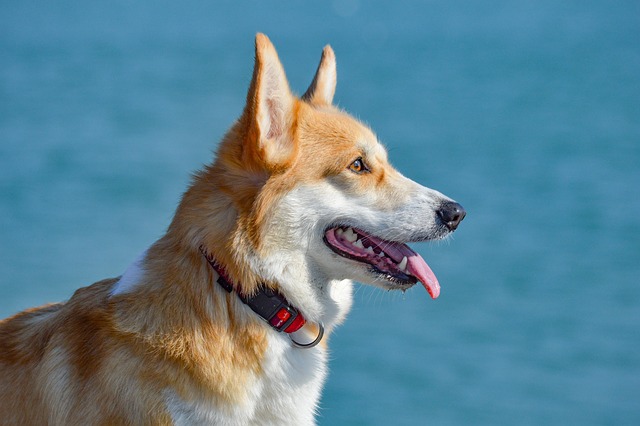
Insufficient socialization is also a common cause of a dog's aggressive behavior. If a dog doesn't receive good social training during its puppyhood and lacks the experience of friendly interaction with people and other animals, it can't correctly understand the behavior and intentions of its family members. When family members make some movements that seem strange or threatening to it, such as suddenly reaching out to hug or making loud noises, the dog may launch an attack out of fear and misunderstanding. For such dogs, gradually guiding them to have social training is the key. Start with simple contacts, and let them interact with family members in a safe and comfortable environment. When the dog shows friendly behavior, give rewards and praise in a timely manner. We can invite friends to our home and let the dog gradually get used to contacting strangers. In this process, constantly encourage it and support it, and help it overcome social fear and learn to get along with family members and the outside world correctly. Watching the dog change from being nervous and defensive at first to gradually relaxing and being willing to approach family members actively, we are filled with relief, knowing that all our efforts are gradually taking effect.
When a dog shows aggressive behavior, the way family members respond is crucial. First of all, we need to stay calm and avoid overreacting out of panic or anger, because this may increase the dog's tension and aggression. Don't look directly into the dog's eyes, because in the dog's world, staring into the eyes of others may be regarded as a provocation. If the dog has shown an aggressive posture, we can slowly back away and give it enough space to avoid stimulating it. At the same time, we should avoid using punishment methods such as beating and scolding, because this not only can't solve the problem, but also may make the dog fear and resent the family members, further deteriorating the relationship. We need to soothe it with gentle language and actions in a peaceful state of mind, and let it feel our kindness.
To prevent a dog from being aggressive towards family members, we need to give them enough attention and correct guidance in daily life. Understand the dog's behavior habits and psychological needs, provide them with sufficient exercise and mental stimulation, and avoid them having bad behaviors due to boredom or depression. Take the dog for regular physical examinations, and promptly detect and deal with potential health problems. Through scientific training and patient companionship, let the dog become a gentle and reliable partner beside the family members. One day, when we see the dog warmly greeting us again and happily playing with the family members, all the previous worries and efforts will turn into full happiness and satisfaction. Because in our hearts, the dog has long been an indispensable part of the family, and it is worthy of all our love and professional knowledge to protect this precious companionship and let it grow healthily and happily in a warm family.

It may seem that puppies biting the leash is just mischievous, but in fact, there are complex behavioral logic and emotional needs behind it.
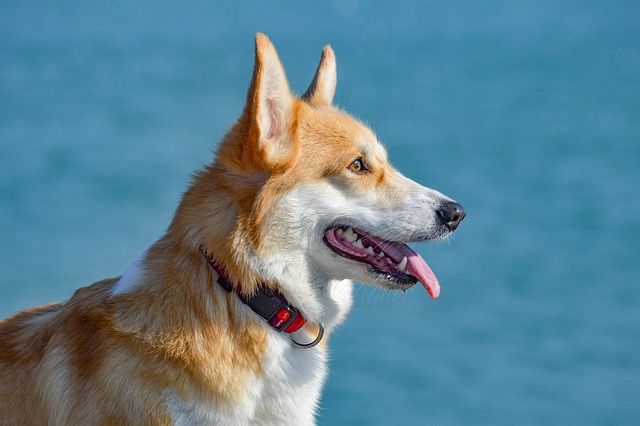
The dog that was originally gentle, well-behaved and had a close relationship with the family suddenly shows its teeth, growls menacingly
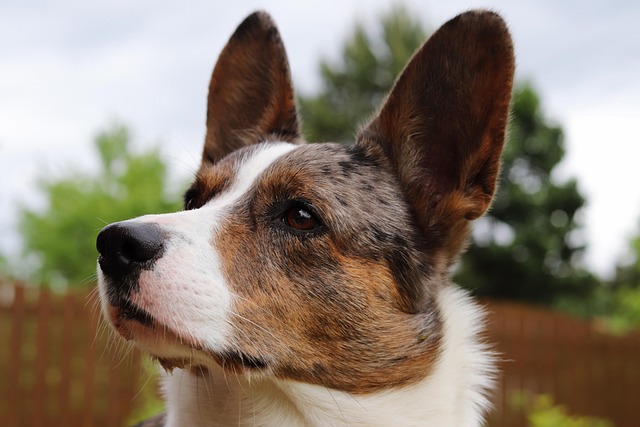
When we get home after a busy day at work and want to relax on the sofa for a while, we find that the sofa is covered with the dog's paw prints and fur,

When we walk around at home, a fluffy little figure always follows behind us. Even when we just go to the kitchen to get a glass of water and look back,
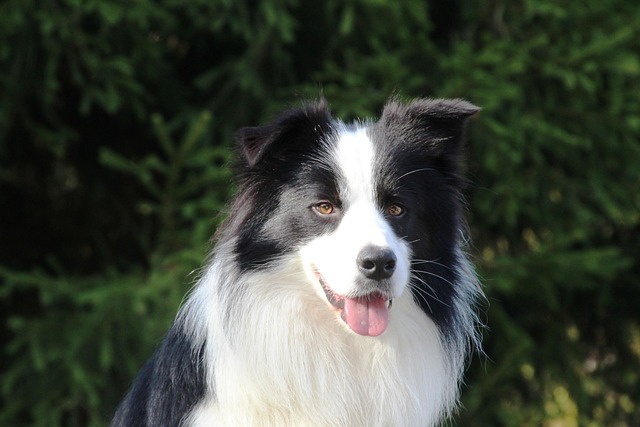
The issue of a dog's toilet behavior may seem like a trivial matter in daily life, but it directly affects the tidiness of the home environment and the owner's quality of life.
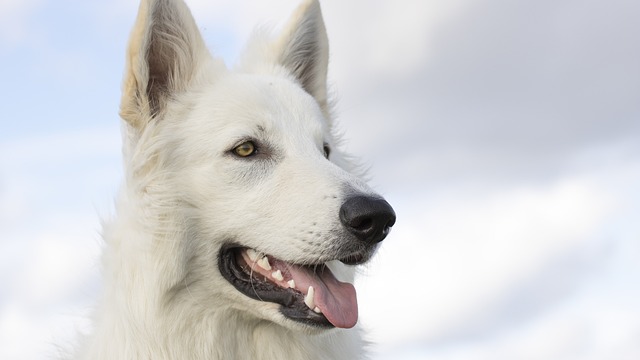
When the lovely dog at home starts barking wildly day and night, breaking the peaceful life with its harsh barking, the feeling of annoyance and helplessness is beyond words.